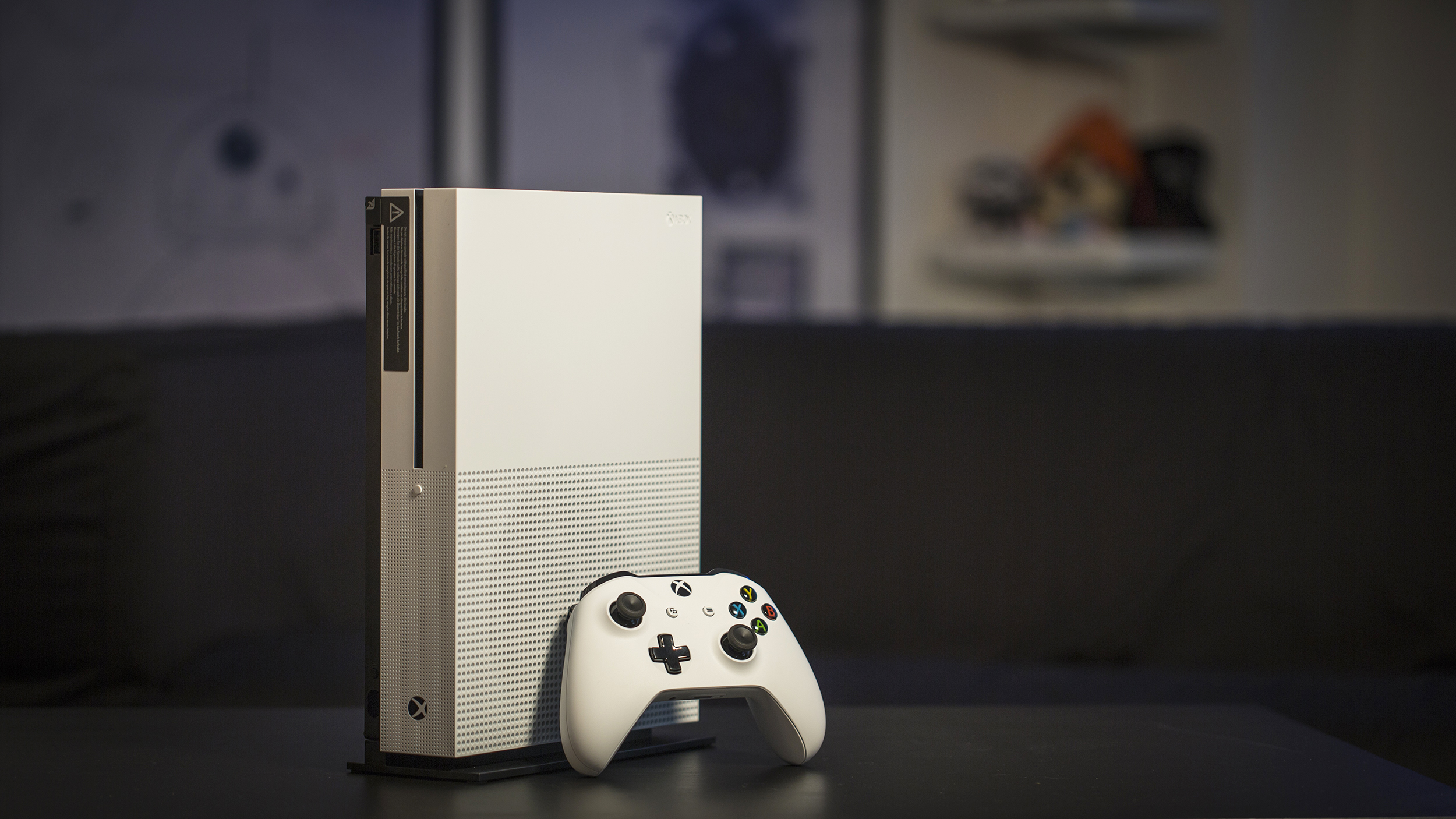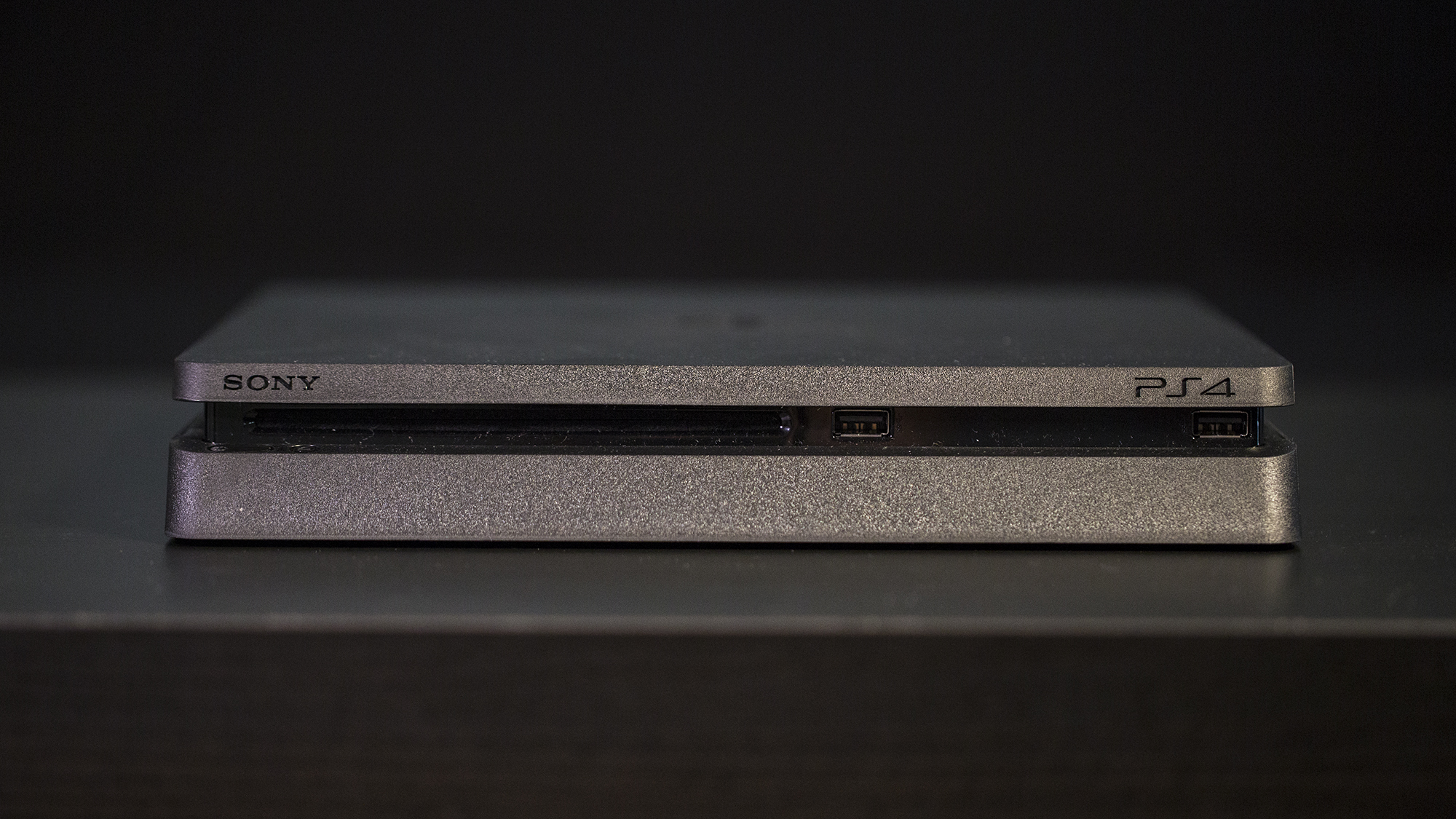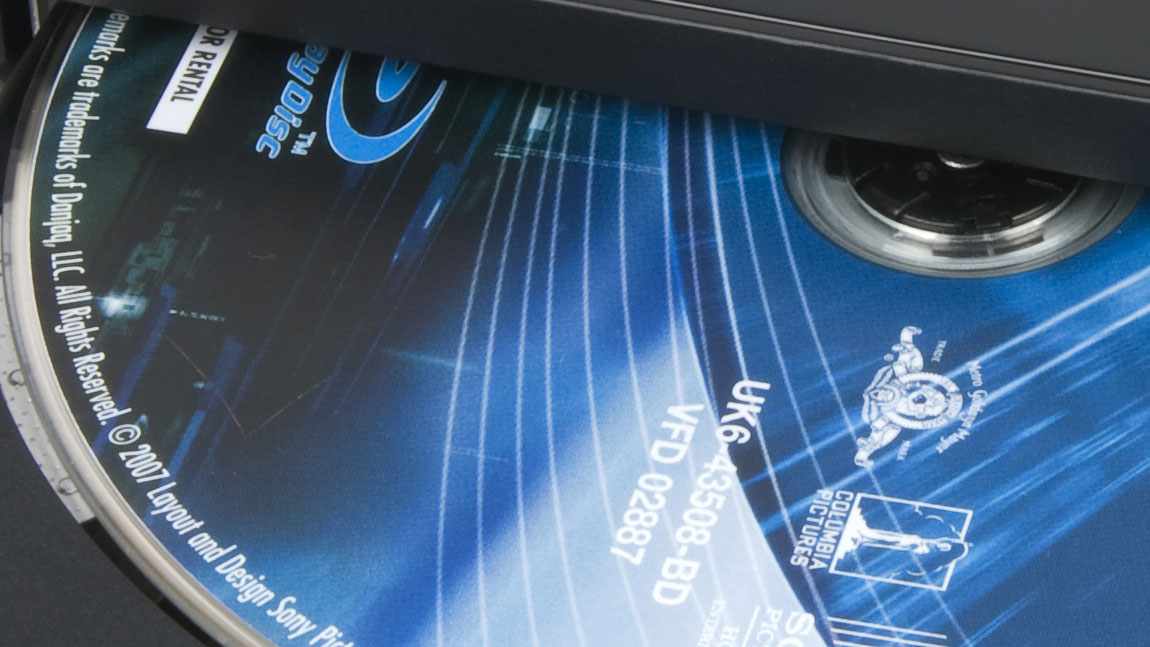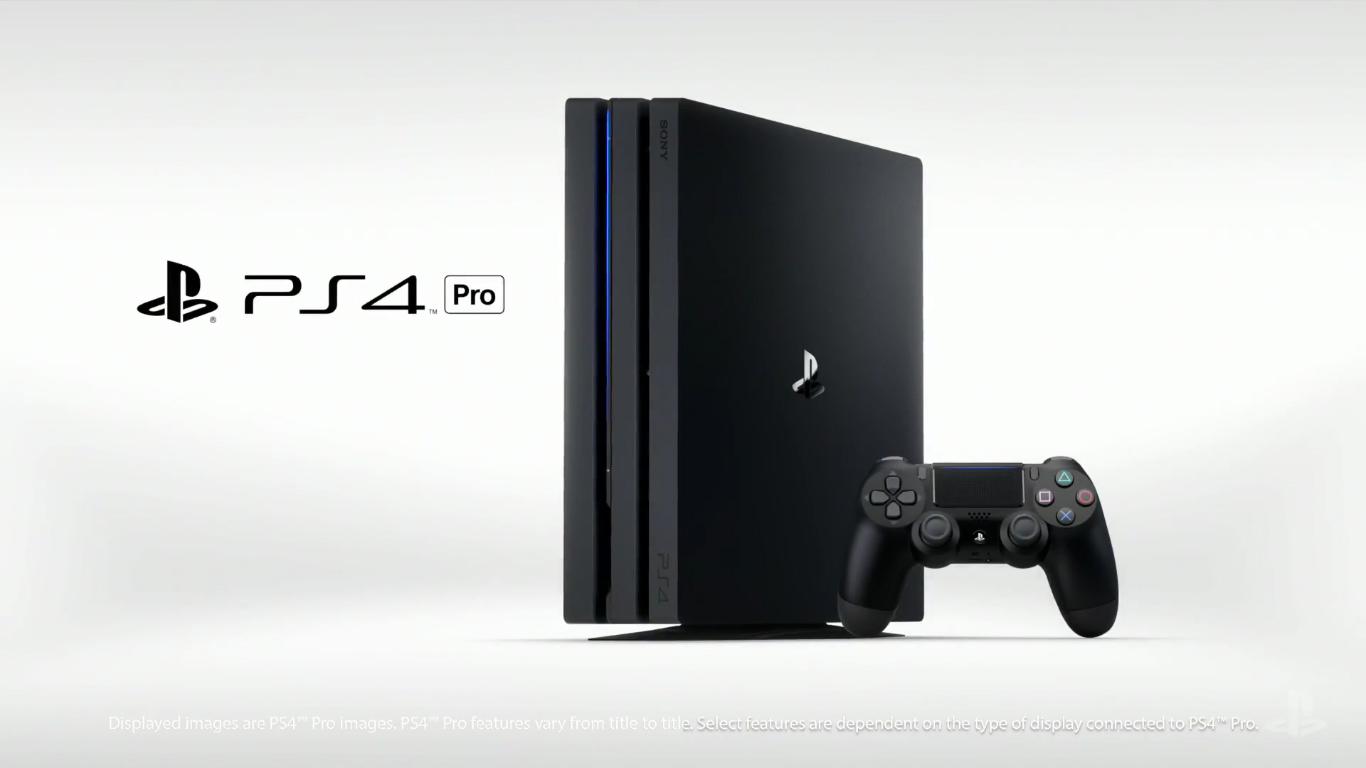Microsoft responds to the PS4 Pro's absent 4K Blu-ray drive
Does Blu-ray have a place in the streaming future?

It's going to be a busy couple of years for console launches. After months of speculation, Sony has finally unveiled the PS4 Pro, a souped up version of its existing PS4 console, which is also receiving a more traditional slim-down of its own.
Not to be outdone, Microsoft also has a pair of new consoles. The Xbox One S came out just last month, and next year the company plans to launch what it's currently calling Project Scorpio, its own more powerful version of its current generation console.
Although on the surface the two companies appear to be following very similar hardware tactics, the truth is that the four consoles differ greatly in terms of their hardware and features.
For example, Sony has kept its 4K capabilities exclusive to the PS4 Pro, leaving the PS4 Slim as a dedicated 1080p machine, while Microsoft has brought 4K to both of its new consoles.

Meanwhile, the Xbox One S offers a 4K Blu-ray player and 4K upscaling for games, and the Scorpio will give developers the horsepower to run games in native 4K if they choose to do so.
The differences are striking, especially when you consider how Microsoft and Sony have traditionally approached their consoles.
Media machines
Sony has always prided itself on including the latest media hardware in its consoles. The PS2 was one of the first mass-market DVD players, and the PS3 was a trojan horse for the Blu-ray format.
Get daily insight, inspiration and deals in your inbox
Sign up for breaking news, reviews, opinion, top tech deals, and more.
Meanwhile Microsoft's Xbox 360 never supported Blu-ray and only ever supported HD-DVD with an optional add-on.
So why has Microsoft chosen to include a 4K Blu-ray player in the Xbox One S? We asked one of Microsoft's senior directors, Albert Pinello, for his thoughts.
"We wanted to be able to tell a complete 4K story with the Xbox One S," he said, "I think Blu-ray was definitely an important part of that."
But why would Microsoft embrace the physical format when the world is increasingly moving towards streaming as a solution?

"As far as physical media goes, I could not agree more, I think that the future is digital. But if you look at a global basis, not everybody has access to the same streaming content that we have, and I think physical media is and will continue to be important...around the world discs still play an important part of people's lives."
This is an interesting point. In order to stream 4K content, Netflix recommends an internet connection speed of 25 mbits, which is difficult to achieve in developed economies such as the UK and US, let alone emerging markets around the world.
For their part, Sony has publicly said that it believes the future to be in streaming. Speaking in a recent interview with The Guardian, Sony's Andrew House said, "Our feeling is that while physical media continues to be a big part of the games business, we see a trend on video towards streaming."
Sony declined to comment when contacted by TechRadar directly.
Undoubtedly as internet speeds around the world continue to improve, the possibility of streaming 4K content will increase, but for now at least Microsoft believes that discs are necessary to get the most out of the new resolution.
Leaving Sony behind
Worldwide internet speeds aren't ready for 4K video streaming, which begs the question of why Sony would leave an Ultra HD Blu-ray player out of its first 4K games console.
"It's one of the more surprising decisions that they made." Pinello observes, "Given their history with being on the forefront of media transitions like they have. So I don't know, I think it's a really great question, I'm not sure."

It sounds counter-intuitive, but Sony's desire to be at the forefront of these media transitions might be exactly what's prevented it from including an Ultra HD Blu-ray drive in its PS4 Pro.
As a consumer electronics company, Sony has tended to manufacture its own media drives in its consoles. The PS3's Blu-ray drives were almost entirely manufactured by Sony, with just a couple of later iterations featuring drives that were provided by Renesas.
Meanwhile Microsoft is happy to purchase its drive components from third-party suppliers. Pinello wouldn't confirm who exactly has provided the drive in the Xbox One S, but thanks to an iFixit teardown of the console we know that the DG-6M5S drive has been provided by Philips and Lite-On Digital.
Sony's preference for its own components appears to have backfired when it comes to Ultra HD Blu-ray. The simple truth is that the company's own drive simply isn't ready.
As John Archer pointed out in a recent column for Forbes, Sony's first 4K Blu-ray player isn't due out until March next year, and even then it's a prosumer device aimed at the custom installation market.
The issue is further compounded by how early decisions about hardware specifications have to be made. With regards to the One S's inclusion of a 4K drive, Pinello explains "We have to make these decisions well in advance of when we're launching things, and so these are decisions that were locked quite some time in the past," and the same is true of Sony.
The result was that by the time the Xbox One S was announced Sony had committed to its final design spec, and so couldn't upgrade the PS4 Pro to have a drive of its own.
Advantage Xbox
Streaming might be the future, but the inclusion of a 4K disc drive in the Xbox One S is a huge advantage to those of us living in the present with our restricted internet bandwidth and download caps.
It seems that with this latest iteration of consoles, Microsoft might have developed a better understanding of the real world situations in which people use their hardware, after it so catastrophically got it wrong when it originally announced the Xbox One.
But with the PS4 Pro yet to hit store shelves, Sony could still pull something out of the bag in this console war that's fast becoming hotter than ever.
- Project Scorpio: everything we know about Microsoft's 4K-ready Xbox
Jon Porter is the ex-Home Technology Writer for TechRadar. He has also previously written for Practical Photoshop, Trusted Reviews, Inside Higher Ed, Al Bawaba, Gizmodo UK, Genetic Literacy Project, Via Satellite, Real Homes and Plant Services Magazine, and you can now find him writing for The Verge.
